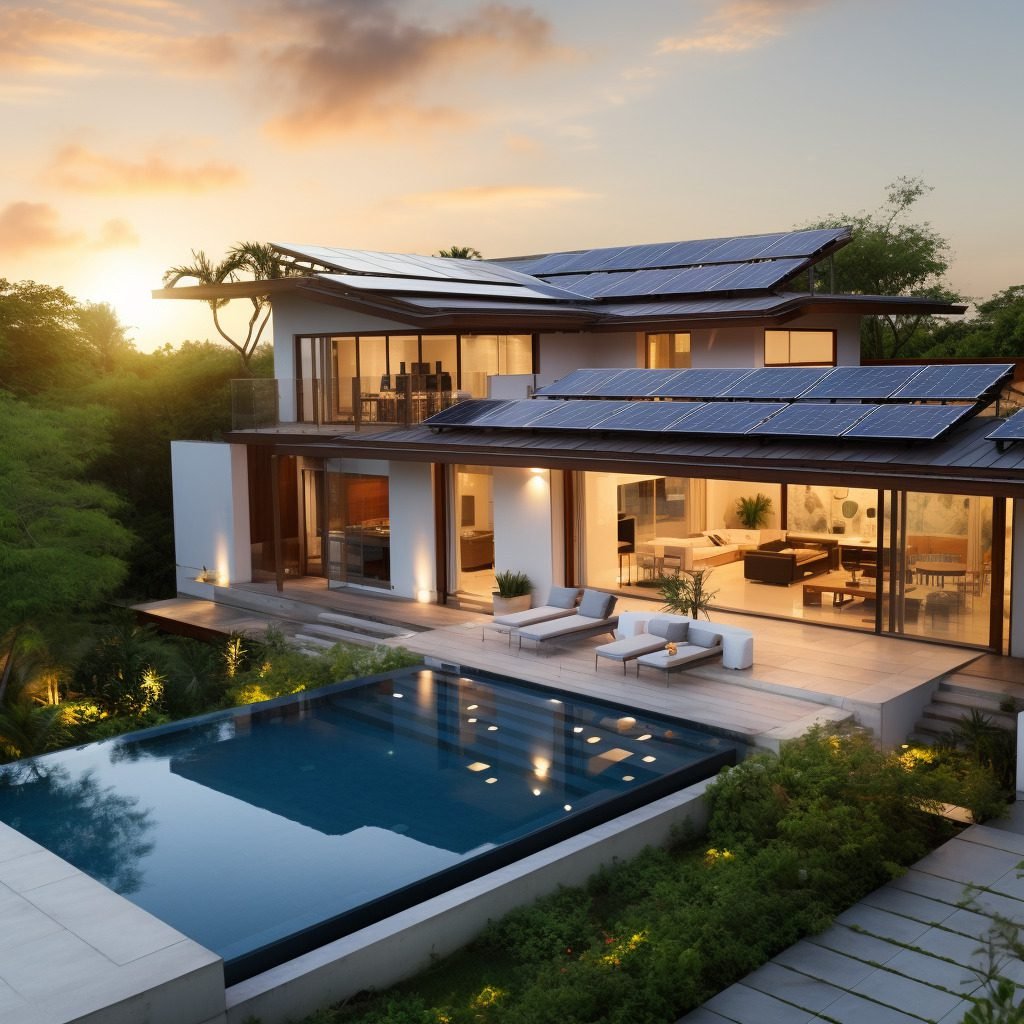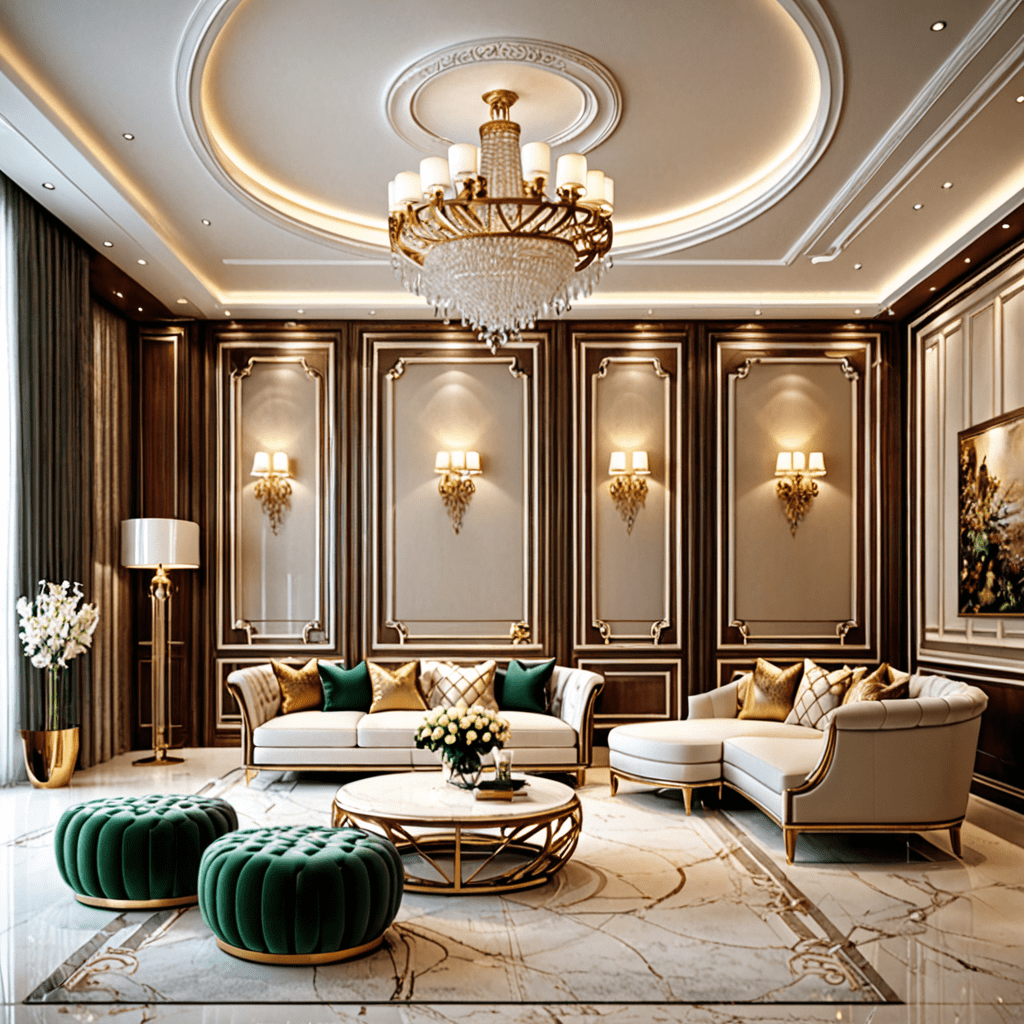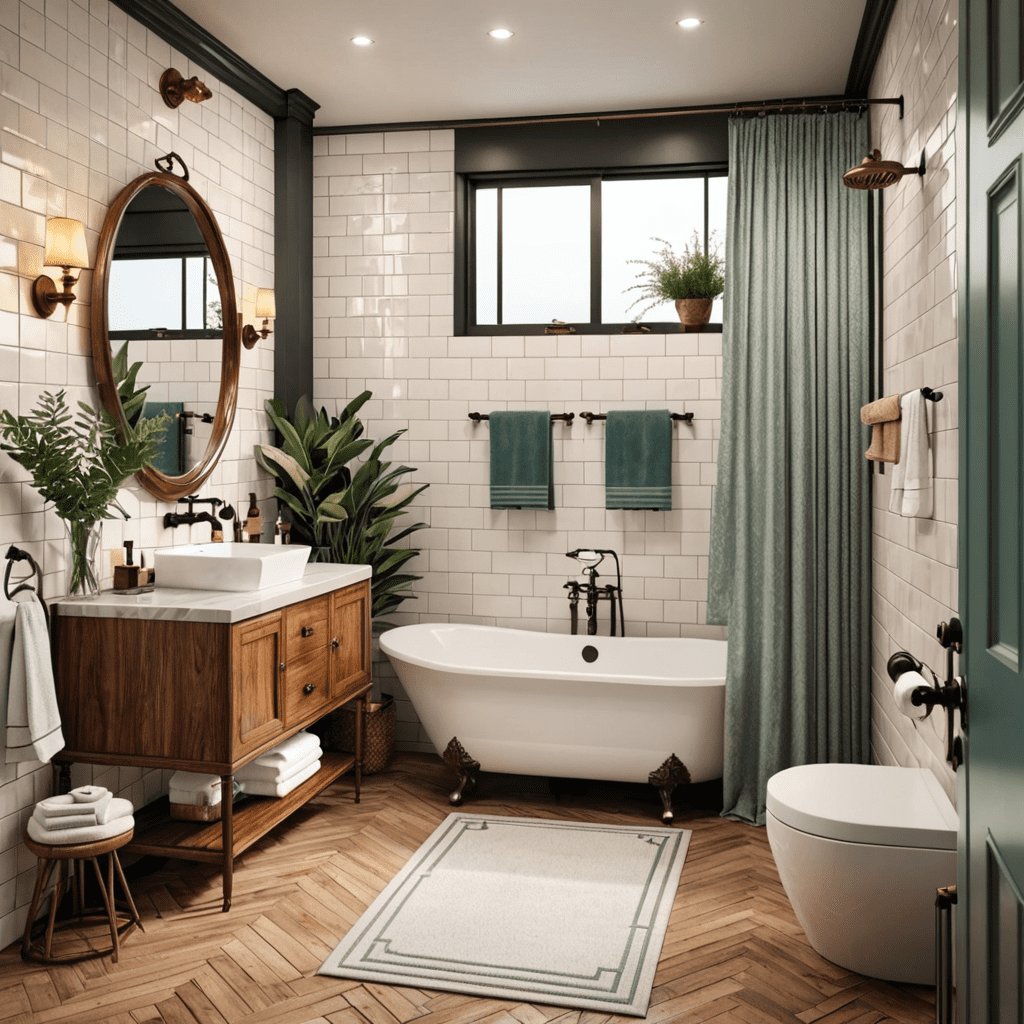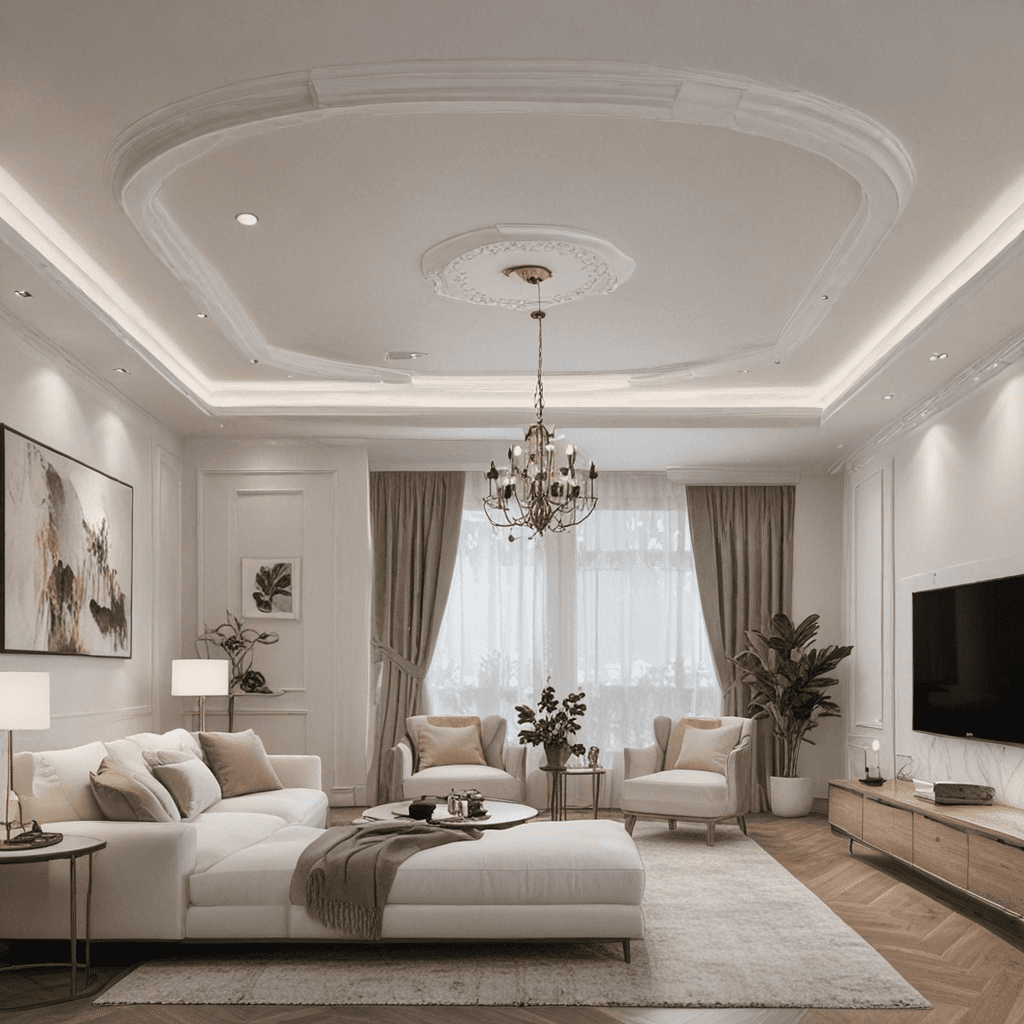Solar Panel Integration: How to Easily and Seamlessly Integrate Solar Panels into Your Home


Solar Panel Integration: Creating an Aesthetically Pleasing and Sustainable Living Space

Introduction to Solar Panel Integration
In today’s world, where environmental sustainability is becoming increasingly important, integrating solar panels into the design of our homes has become a popular choice. Not only do solar panels help to reduce our carbon footprint and utility bills, but they can also enhance the overall aesthetic appeal of our living spaces. Solar panel integration in interior design allows us to create a comfortable and visually pleasing environment while harnessing the power of renewable energy.
Key Elements of Solar Panel Integration
When it comes to integrating solar panels into a living space, there are several key elements to consider. These elements play a significant role in ensuring the successful integration of solar panels while maintaining the overall design harmony of the space.
Element 1: Placement and Orientation
The placement and orientation of solar panels are crucial factors that directly impact their energy efficiency. To maximize solar generation, it is essential to install panels in areas with unobstructed access to sunlight throughout the day. Proper orientation, such as facing panels towards the south in the northern hemisphere and the north in the southern hemisphere, ensures optimal exposure to sunlight.
Element 2: Design Integration
Solar panels no longer need to be eyesores on the roof or in the yard. With advancements in technology, solar panels can now be seamlessly integrated into the design of a home. From sleek rooftop installations to innovative building materials that incorporate solar cells, there are numerous options available to blend solar panels harmoniously with the overall aesthetic of the living space.
Element 3: Battery Storage Solutions
To make the most of solar energy, incorporating battery storage solutions is a key element of solar panel integration. These batteries store excess energy generated by solar panels during the day, allowing homeowners to use it during the night or on cloudy days. Integrating battery storage systems not only promotes energy independence but also adds reliability to the overall energy supply.
Element 4: Monitoring and Control
To effectively track and optimize energy consumption, consider incorporating monitoring and control systems into your solar panel integration plan. These systems provide real-time data on energy production, consumption, and storage, allowing homeowners to make informed decisions about their energy usage patterns. By being aware of energy usage, adjustments can be made to maximize efficiency and cost savings.
Tips for Solar Panel Integration
While the integration of solar panels into interior design can be exciting, it is essential to consider various factors to ensure a seamless and harmonious transition. Here are some practical tips to help you select furniture pieces and create a space that complements your solar panel installation:
- Consider Furniture Size: When selecting furniture, ensure that it fits well with the available space and does not obstruct the access to sunlight for the solar panels. Opt for furniture pieces that are proportionate to the room and allow for easy movement around the area.
Choose Complementary Styles: Aim for furniture styles that complement the aesthetic of your solar panel installation. For instance, if you have sleek, modern solar panels, opt for furniture with clean lines and contemporary designs. If your panels have a more rustic or natural look, consider furniture made from sustainable materials like reclaimed wood.
Functionality is Key: Prioritize furniture pieces that offer functionality and storage solutions. Opt for multi-purpose furniture or pieces with built-in shelving or hidden storage compartments. This will help optimize the use of space and reduce clutter, creating a more organized and efficient living area.
Maximize Natural Light: Solar panels thrive in sunlight, so it’s essential to make the most of natural light in your living space. Choose window treatments that allow for ample sunlight penetration, such as sheer curtains or blinds that can be easily adjusted. This will not only enhance the performance of your solar panels but also create a bright and inviting atmosphere.
FAQ about Solar Panel Integration
Question 1: Can solar panels be integrated into the design of any home?
– Answer: Yes, solar panels can be integrated into the design of various home styles, including traditional, modern, and even historic properties. With advancements in technology and design, there are numerous options available to seamlessly incorporate solar panels into any architectural style.
Question 2: How much space do solar panels require?
– Answer: The space required for solar panels depends on factors such as the energy needs of the household, the type of solar panels being used, and the available rooftop or yard area. Generally, a typical solar panel installation requires around 100 to 400 square feet of space.
Question 3: Do solar panels require regular maintenance?
– Answer: Solar panels are relatively low-maintenance, but they do require periodic cleaning to ensure optimal performance. Dust, leaves, or other debris can accumulate on the surface of the panels, reducing their efficiency. Cleaning with a soft cloth and mild detergent, or using a hose to rinse them, can help maintain their effectiveness.
Question 4: How long do solar panels typically last?
– Answer: Most solar panels come with a warranty of 25 to 30 years, but they can last even longer with proper maintenance. Over time, the efficiency of solar panels may decline slightly, but they can continue to produce electricity for several decades.
Question 5: Are there any financial incentives for installing solar panels?
– Answer: Many countries and regions offer financial incentives and tax credits for installing solar panels, promoting the adoption of renewable energy. These incentives can significantly offset the cost of installation and make solar panel integration a more cost-effective option for homeowners.
In conclusion, solar panel integration in interior design offers the opportunity to create a sustainable and visually appealing living space. By considering the key elements of solar panel integration and following practical tips, homeowners can seamlessly incorporate solar panels into their homes while maintaining functionality and aesthetics. Embracing solar energy not only reduces our environmental impact but also contributes to a more energy-efficient and self-sustaining future.





